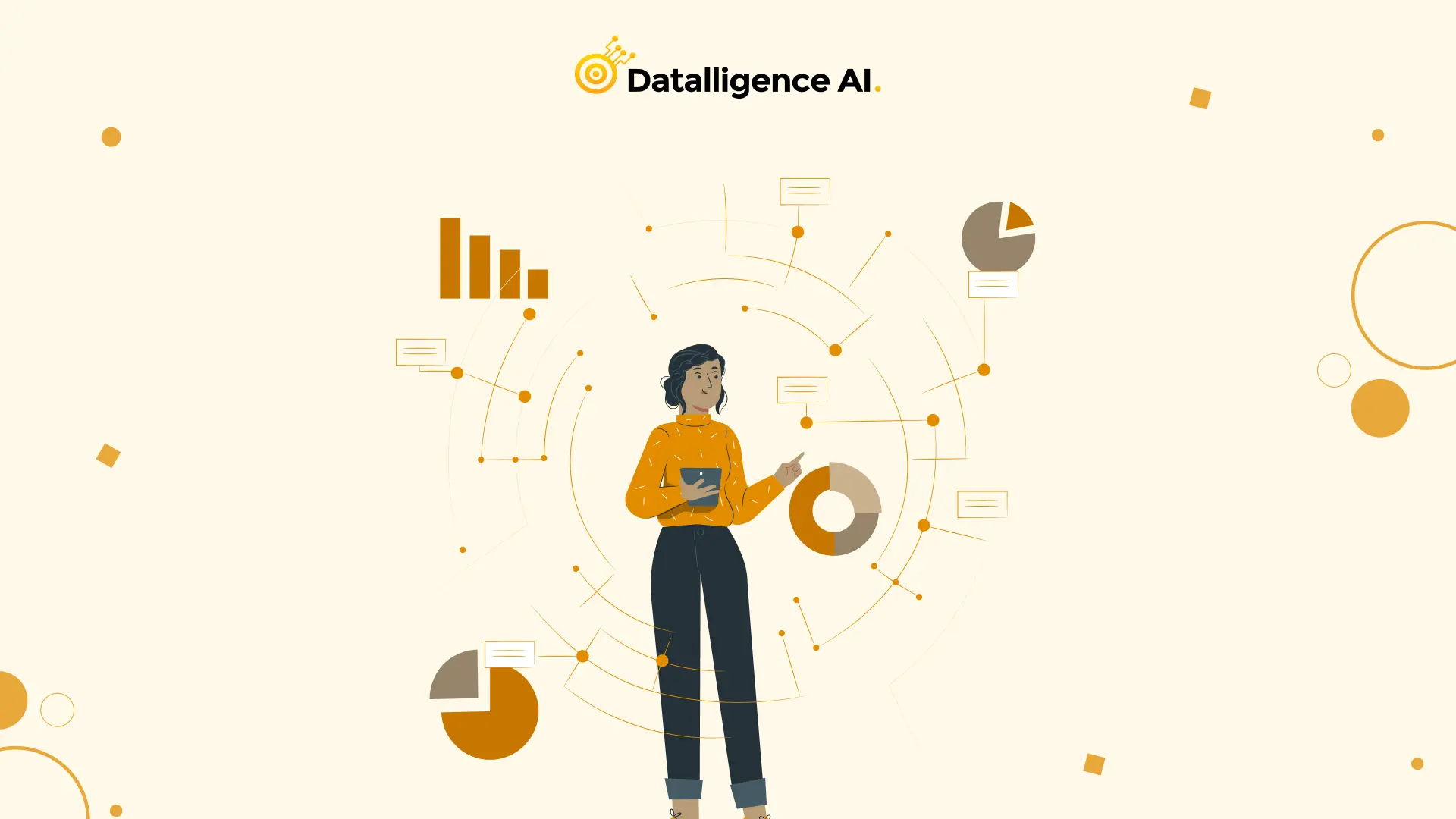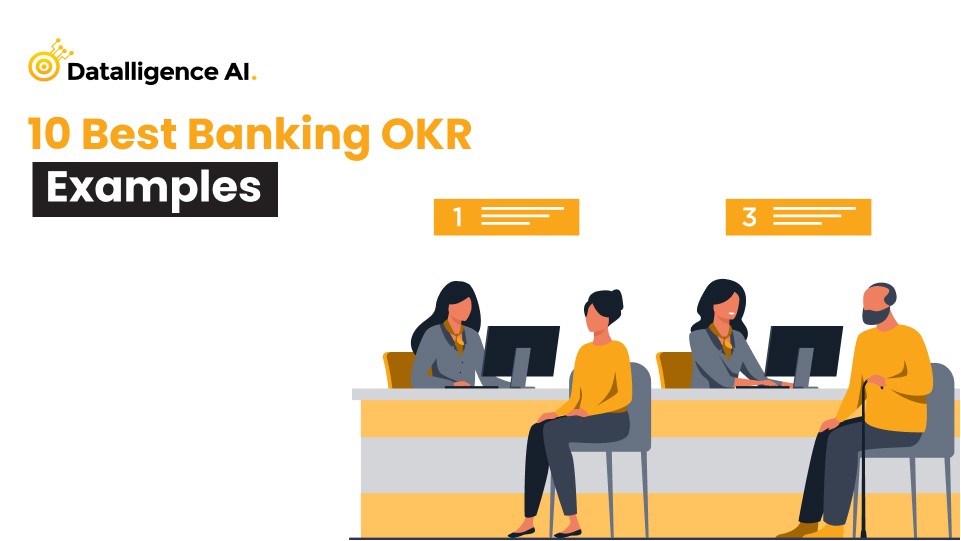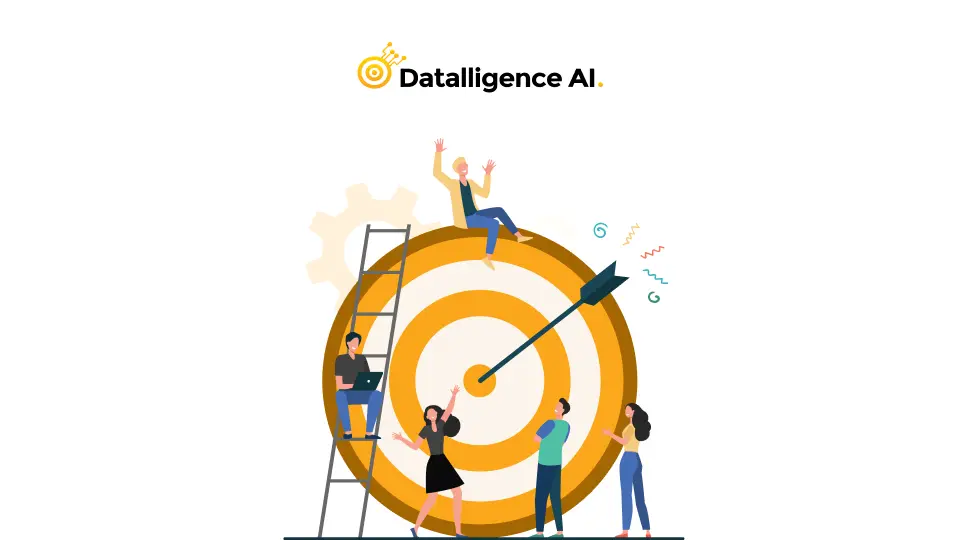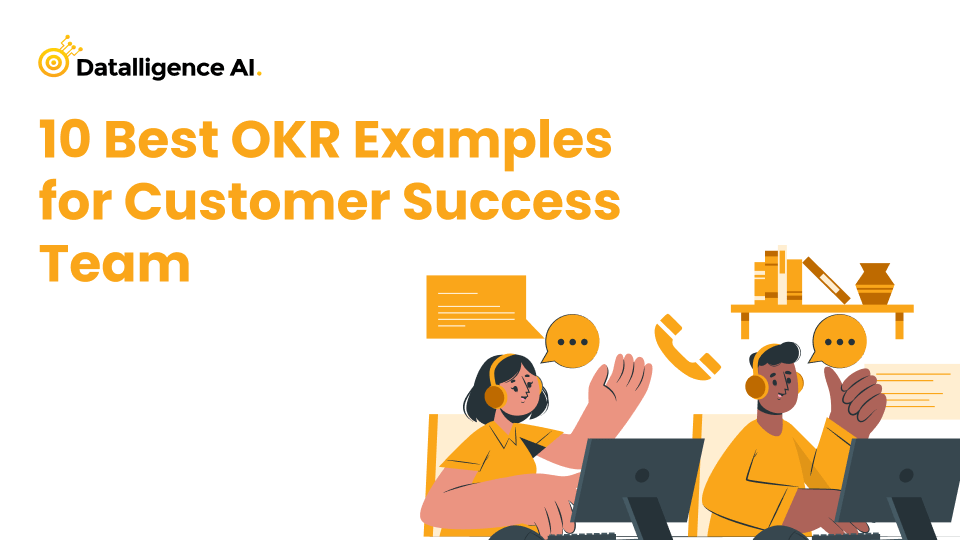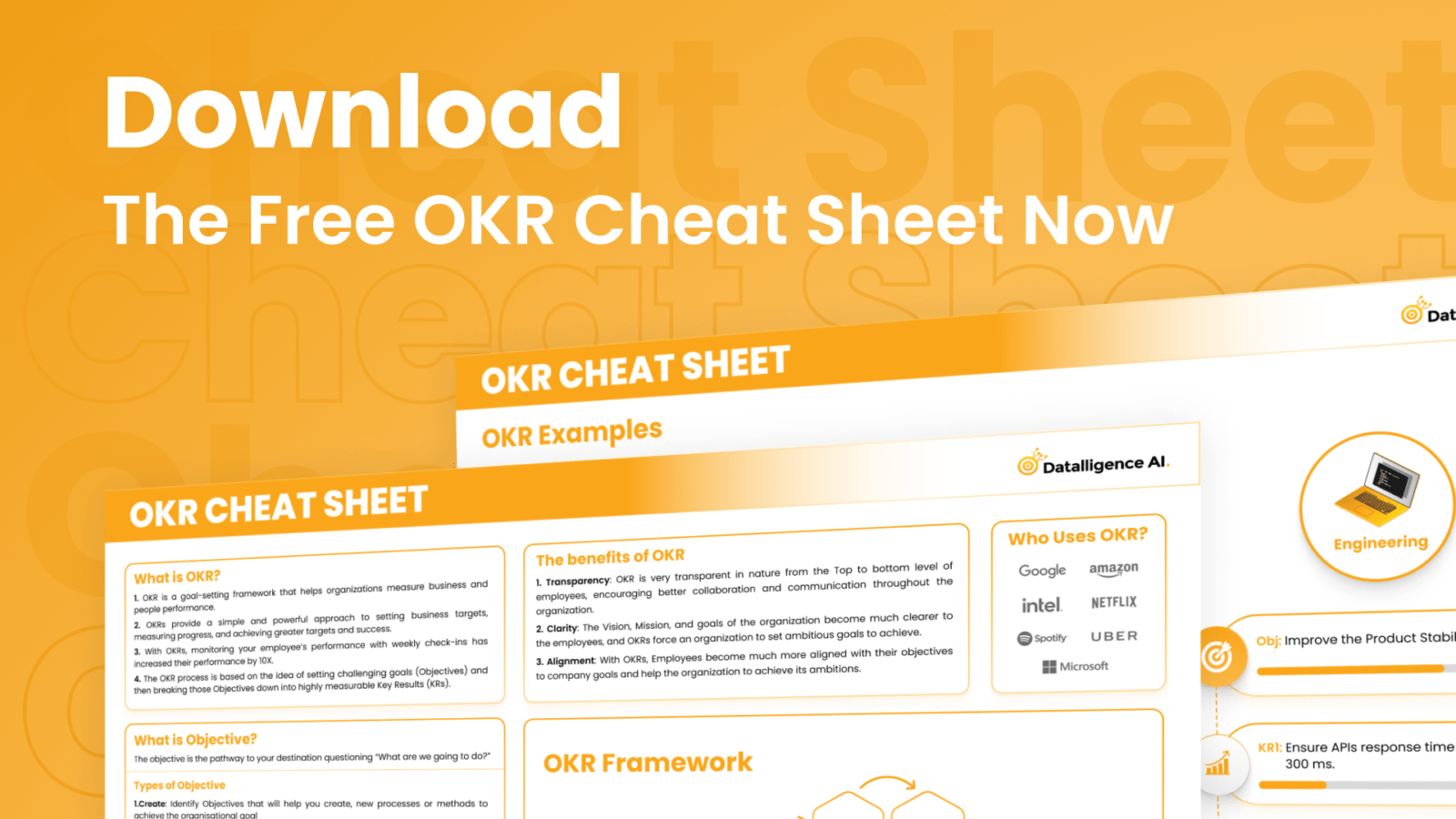Did you know that only 15% of companies successfully execute their strategies due to poor alignment and goal tracking? In today’s fast-paced business environment, organizations are continually searching for effective ways to align goals and drive performance. One of the most impactful tools to achieve this is OKR software systems. By integrating structured goal-setting frameworks with cutting-edge technology, these systems empower teams and organizations to achieve remarkable results.
What is OKR Software?
OKR software refers to platforms designed to implement and manage the Objectives and Key Results (OKR) methodology. This methodology helps businesses define clear objectives and measure their success with quantifiable outcomes (key results). OKR software digitizes this process, making it easier to track, update, and evaluate goals at individual, team, and organizational levels.
Key Features of OKR Platforms:
- Goal Alignment: Ensures that every individual’s efforts contribute to broader business objectives.
- Transparency: Provides visibility into progress across departments and teams.
- Real-Time Tracking: Monitors progress dynamically, enabling proactive adjustments.
- Integration: Works seamlessly with existing tools like HR systems, project management software, and communication platforms.
Enabling Business Outcomes with Goal-Setting Platforms
OKR software systems enable businesses to move from intent to impactful execution. Here’s how they drive meaningful outcomes:
- Enhanced Focus and Clarity
Goal-setting platforms ensure teams concentrate on the most critical objectives by providing:- A unified dashboard to prioritize goals.
- Clear timelines and measurable outcomes.
- By removing ambiguity, these systems ensure that every team member knows what’s expected and how success is measured.
- Improved Accountability
With goal management tools, responsibilities are clearly assigned, and progress is transparently tracked. This creates a culture of accountability where:- Teams and individuals own their goals.
- Regular check-ins ensure consistent performance.
- Faster Decision-Making
Real-time data from OKR platforms helps leadership:- Identify roadblocks early.
- Adjust strategies based on actionable insights.
- Alignment Across Teams
OKR systems create alignment by linking individual objectives to company-wide goals. This fosters collaboration and eliminates silos, ensuring that:- Teams work towards shared priorities.
- Redundant efforts are minimized.
- Scalable Performance Management
As organizations grow, maintaining consistent performance becomes challenging. OKR software systems simplify this by:- Automating goal-setting processes.
- Providing scalability without compromising quality.
What Business Outcomes Are Associated with Transformation Journeys?
In today’s dynamic business landscape, organizations embark on transformation journeys to stay competitive, agile, and relevant. Whether it’s moving to the cloud, adopting new technologies, or revisiting strategic objectives, business transformation is inherently driven by desired outcomes. Cloud adoption, for instance, can be a costly and time-consuming effort, but when executed correctly, it unlocks measurable business results. The key to success lies in defining clear, concise business outcomes that are directly tied to performance improvements.
This article explores how defining business outcomes, particularly through frameworks like OKR (Objectives and Key Results) software, can make a significant difference during transformation journeys. By aligning goals and enabling collaboration across teams, businesses can achieve greater efficiency, scalability, and growth
Why Business Outcomes Matter
The most successful transformation journeys start with a business outcome in mind. Whether it’s improving profitability, increasing agility, enhancing customer engagement, or driving sustainability, the transformation should always be tied to specific business goals that are measurable and impactful. This approach fosters transparency and cross-functional partnerships, ensuring all stakeholders—from IT teams to executives—are aligned toward common objectives.
To assist in tracking and driving these outcomes, many organizations are adopting OKR software systems. These systems are designed to digitize the process of defining, managing, and tracking objectives, helping businesses focus on measurable results. By using a framework like OKRs, businesses can align efforts at individual, team, and organizational levels.
Key Features of OKR Software
- Goal Alignment: OKR software ensures that every individual’s efforts are aligned with the broader organizational objectives.
- Transparency: It offers real-time visibility into progress, enabling seamless collaboration across departments.
- Real-Time Tracking: Monitors progress dynamically, which allows for prompt adjustments as needed.
- Integration: Works seamlessly with other tools like HR systems, project management software, and communication platforms to streamline processes.
Types of Business Outcomes Linked to Transformation Journeys
In any cloud or digital transformation journey, it’s crucial to define business outcomes in terms that are meaningful and actionable. Below are several business outcome categories that are often associated with transformation initiatives, including those supported by OKR software.
1. Fiscal Outcomes
Fiscal or financial performance is one of the clearest business outcomes for most organizations. Whether it’s increasing revenue, reducing operational costs, or improving profit margins, financial outcomes are fundamental to a successful transformation. OKR software helps align financial goals with specific, measurable key results to track progress.
Example:
- Objective: Increase profitability.
- Key Result: Achieve 10% reduction in operational costs through automation.
2. Agility Outcomes
In today’s fast-changing business environment, agility is a competitive advantage. The ability to respond quickly to market changes and evolving customer demands is essential for success. OKR software helps businesses measure and track their agility by enabling faster decision-making, real-time performance monitoring, and continuous feedback loops.
Example:
- Objective: Improve market responsiveness.
- Key Result: Reduce product development cycle time by 15%.
3. Reach Outcomes
With the global market shrinking, businesses need to expand their reach while ensuring compliance with local regulations. OKR systems can track global reach by linking expansion goals with key compliance metrics, ensuring businesses can meet international customer and market demands.
Example:
- Objective: Expand global market reach.
- Key Result: Launch product in three new international markets within six months.
4. Customer Engagement Outcomes
Customer engagement is more crucial than ever in a world where social marketplaces and digital interactions drive business success. Transformation initiatives aimed at improving customer engagement can focus on responsiveness, satisfaction, and building brand loyalty. OKR software helps businesses track progress toward engaging and retaining customers by providing data-driven insights into customer needs and behaviors.
Example:
- Objective: Enhance customer satisfaction.
- Key Result: Increase NPS (Net Promoter Score) by 20%.
5. Performance Outcomes
Organizations cannot afford performance and reliability issues, as they can significantly damage reputation and trust. Transformation journeys that focus on performance outcomes aim to enhance system reliability, operational efficiency, and overall organizational effectiveness. OKR software helps businesses monitor performance metrics in real-time, enabling faster identification and resolution of issues.
Example:
- Objective: Improve operational performance.
- Key Result: Achieve 99.9% uptime across all critical systems.
6. Sustainability Outcomes
Sustainability is no longer just a corporate social responsibility initiative—it’s a key element of long-term business strategy. Transformation journeys increasingly involve embedding sustainability goals into core operations, product offerings, and corporate culture. OKR systems can track sustainability metrics, ensuring organizations meet their environmental goals while driving business growth.
Example:
- Objective: Drive environmental sustainability.
- Key Result: Reduce carbon footprint by 25% over the next two years.
Supporting Your Transformation Journey with OKR Software
The ability to track and achieve these outcomes is where OKR software plays a pivotal role. By transitioning from outdated methods like spreadsheets to OKR platforms, organizations can gain clarity, transparency, and alignment across teams. This shift to automated, real-time tracking accelerates decision-making and improves accountability, ultimately enabling faster, more informed business actions.
Choosing the Right Goal-Setting Software
Not all OKR platforms are created equal. Here are some factors to consider when selecting one:
- Ease of Use: A user-friendly interface encourages adoption.
- Customizability: Tailor the software to suit your business needs.
- Integration Capabilities: Ensure seamless functionality with existing tools.
- Analytics and Reporting: Robust reporting features help evaluate performance effectively.
- Scalability: Support for future growth and changing requirements.
Real-World Impact of OKR Systems
Many companies have transformed their performance using these platforms. For instance:
- Tech Startups: Streamlined their growth by aligning team goals with product launches.
- E-Commerce Businesses: Enhanced customer satisfaction by focusing on key operational metrics.
- Healthcare Providers: Improved patient care through collaborative goal-setting among departments.
These examples showcase how the adoption of OKR systems can drive measurable and sustainable business outcomes.
Why Your Business Needs a Goal-Setting Platform
In a competitive landscape, relying on manual processes or outdated tools can hinder growth. OKR systems bridge this gap by:
- Automating repetitive tasks.
- Offering insights for continuous improvement.
- Creating a culture of goal-driven success.
Upgrading from Spreadsheets to OKR Software: Moving away from spreadsheets allows organizations to track OKRs in real-time and manage large volumes of data more efficiently. This shift helps businesses reduce the risks of human error, ensure greater accuracy, and support quicker decision-making.
Investing in the right platform is not just about technology—it’s about enabling a results-oriented mindset that drives real business impact.
Ready to explore how OKR software can transform your business? Start by understanding your organization’s unique needs and align them with the right solution to maximize outcomes.

